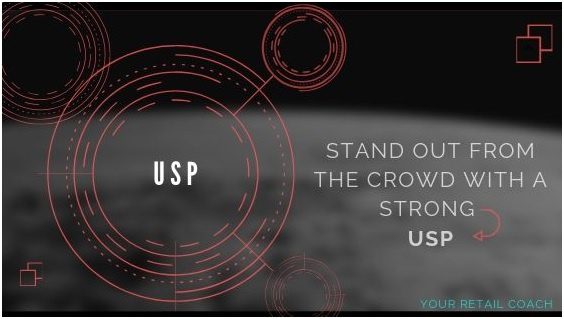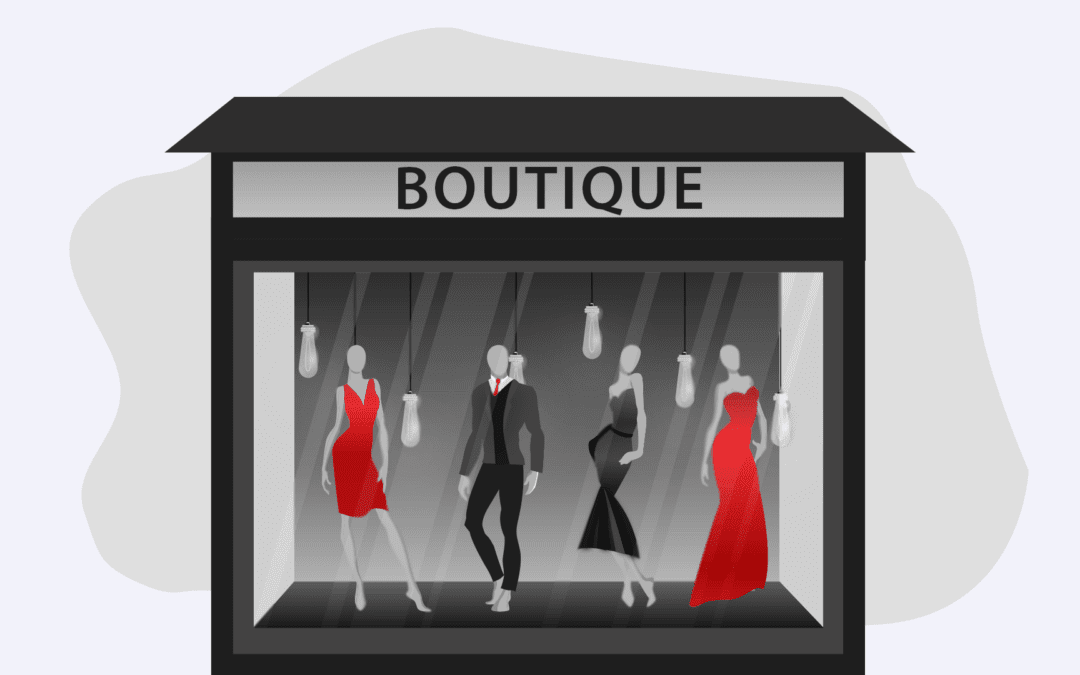According to a report published on Statista, the global apparel market size is projected to grow to 1.5 trillion U.S. dollars by 2020. With robust consumer sentiment in developing economies and increased brand consciousness among consumers of these nations, the fashion apparel segment is on track to become a sunshine sector of the global economy.
Ready to take the plunge into the sparkling world of fashion apparels? As with any business, there are no shortcuts and many of them fail, not because of lack of zeal or perseverance but because of wrong tactics. According to a report by statistic brain around 47% of retail businesses cease to exist by their 5th birthday.
Don’t want your fashionable baby to die a premature death? Read on.
#1. Decide the Channels for Sales
Whether you are an E-commerce Startup, Retail Store Startup or an Apparel Manufacturing Startup first and foremost decide on the channel of sale. There are three main retail channels online, offline and Omnichannel (a combination of both online and offline channel).1 out of every 4 online shoppers shop every week and the percentage of digital buyers in the internet population stands at 47.3% now. Hence it is clear that the online buyer population is growing and they shop regularly.
While in the good old day’s offline channels used to work like a charm, in the modern coliseum your retail gladiator won’t stand a chance if it has no online presence. Hence it is recommended that you go with an Omnichannel strategy, if due to budget constraints you can’t afford it you’ve got to have a website first. Digital presence has evolved from being a fad to an essential weapon in your marketing arsenal; it is of absolute importance that your brand has a digital presence.
#2. Brand USP

Every strong brand breathes on USP’S, especially in the fashion sector. People spend top dollar for a Prada, an Armani or a Zara for a reason, and that reason is their USP(unique selling proposition). A thing which separates the brand from the rest of the pack. A thing which separates the Harley’s from the motorcycles, Colgate from toothpaste, and Mcdonald’s from Burgers. Building a USP is like building your dream home, brick by brick you detail every little thing, making sure that your abode is just perfect. Similarly, you will need to build a USP for your brand or leverage one which you have built already.
An easy way to identify your brand’s USP is to put yourself into your targeted customer’s shoes. Why should I buy from this brand? What makes this brand unique as opposed to brand X,Y,and Z? These are the questions you need to ask yourself while highlighting your brand’s USP.
Your brand’s USP can be anything from unique designs to exotic raw-materials to competitive pricing but bear in mind that a brand without a USP in the fashion business is like a rudderless ship in the midst of Atlantic.
Having an expert e-commerce business consultant can help your brand in identifying USP’S. When the owners of India’s famous Kasat Brand of sarees were confronted with the question, “How do I expand my clothing business?” Your Retail Coach helped KasatSarees by leveraging their trusted brand name and using it as a USP in building their online presence.
#3. Business Plan & Budgeting
You can sell fashion apparel with exquisite fashion sense, but for building a business you will need a detailed Business Plan and a tight leash on Budget, this is where e-commerce strategy consulting can help.
In order to grow your fashion label, you will need great budget allocation skills, remember you can’t make money without knowing how to spend money. First and foremost know what your financial goals are clearly, eg: – Achieving breakeven in three years of operation. You must have a clear road map depicting how you will achieve this and how much money would be needed in the process. Budgeting will give you a rough idea as to how much amount of money will be required in the future, it does not have to be too rigid, as your goals evolve so does your budget allocation.
You should be aware of your spending limits on various fronts like Purchase, Inventory, Marketing and Advertising spends and calculate your breakeven point. The first goal of any business should be to reach the breakeven point as soon as possible.
Having the basics clear like knowing the fixed and variable costs will help you in identifying potential cost saving opportunities. A look at the monthly difference between budgeted and actual cost will give you early warning signs if your business is going downhill.
A business plan will act as a lighthouse in rocky waters of the fashion business. It will help in communicating your business goals to your employees, investors, partners, and clients. A business plan should contain a detailed analysis of your business, which includes competitor analysis, identifying market opportunities and how do you plan to tap those opportunities.
A well-researched business plan will help you in making an informed decision regarding your business and will give you that extra edge over the competition.
#4. SOPs
Business is a system which depends upon the successful operation of several interconnected smaller systems in order to function smoothly. Any system cannot function without a clear set of rules. SOPs (standard operating procedures) are those set of rules which help in the efficient functioning of your business. SOPs are applicable to every aspect of the business like production, supply, sourcing, human resource planning.
Scarters was facing challenges in managing cash flows, inventory planning, and in utilizing the human resources in an optimum manner. Retail consultant Your Retail Coach helped the company by sorting out the mess in their Inventory. They analyzed the flow of goods, return orders, bulk order, cash flow& increasing volumes. What Scarters needed was a complete apparel brand SOP. Your Retail Coach helped design an SOP for Inventory planning which decided the minimum order quantities for each SKU detailing how much to buy and when to buy.
Your Retail Coach helped Scarters in achieving increased profit margins from the same volumes by analyzing their cash flow management cycle which helped scarters in planning the operating expensed ensuring positive cash flow. The SOP helped scarters in optimally investing in procurement doubling the stock turnover ratio.
Increasing the staff efficiency by 50% involved assigning clear roles & responsibilities to every staff member and linking them with the bottom line. Deployment of tools like task management software eased operational glitches and improved inter-departmental communication.
Thus it is clear that a well-defined SOP will create
- Increased profitability by cutting out inefficiency in work procedures.
- Consistency in products and services leading to fewer rejections and complaints.
- A clearly defined path to solving problems, reducing ambiguity and increasing the speed of decision making.
#5. Pre-Launch Marketing Plan
As they say, “Well begun is half done”. With a robust set of SOPS, you are well on track of realizing your retail dream, you will need a well designed pre-launch marketing plan which utilizes all the relevant marketing channels. You will need a sizable social media following to create buzz for your brand. Ensure that all your marketing content blogs, videos, and website have been created with a proper SEO strategy in mind. But remember do not burn the bank on pre-launch marketing you will need the money for operations, so keep a balance and optimize your resources to create the maximum impact.
#6. Team
Business is not a one man(or woman!) show. It requires the effort and dedication of the entire team right from production to the retail frontline staff. Every cog in your retail machine should work in harmony so that the machine churns out a profit. In order for this to happen, you need to select the proper team and give suitable tasks to each team member according to their strengths.Right team members at the wrong places sink businesses. I mean Michael Phelps cannot win the 100-meter sprint, can he?
Having helped businesses like Raymond, Aditya Birla Grasim, Scarters, The Kurti Company, Kasatsarees and many more in achieving their respective targets. We understand that every business is different, and hence we believe in crafting the perfect SOP only after analyzing the needs of the client only after a detailed discussion with the client.
YourRetailCoach provides SOP, Market Research and Business Plan consulting. To connect, you can drop a mail at [email protected] or call at +91-9860-426-700.
YRC Related Articles: How to Write SOPs for Marketing?, 6 Ways To Grow Your Business, How to Start a Retail Business in India, Business Expansion Plan for Small Entrepreneurs, Six Steps to Writing a Great SOP for Retail, How to write SOPs for an Apparel Brand?, How to Develop SOPs for Quick Service Restaurant?, How to write SOPs for Furniture Showroom







